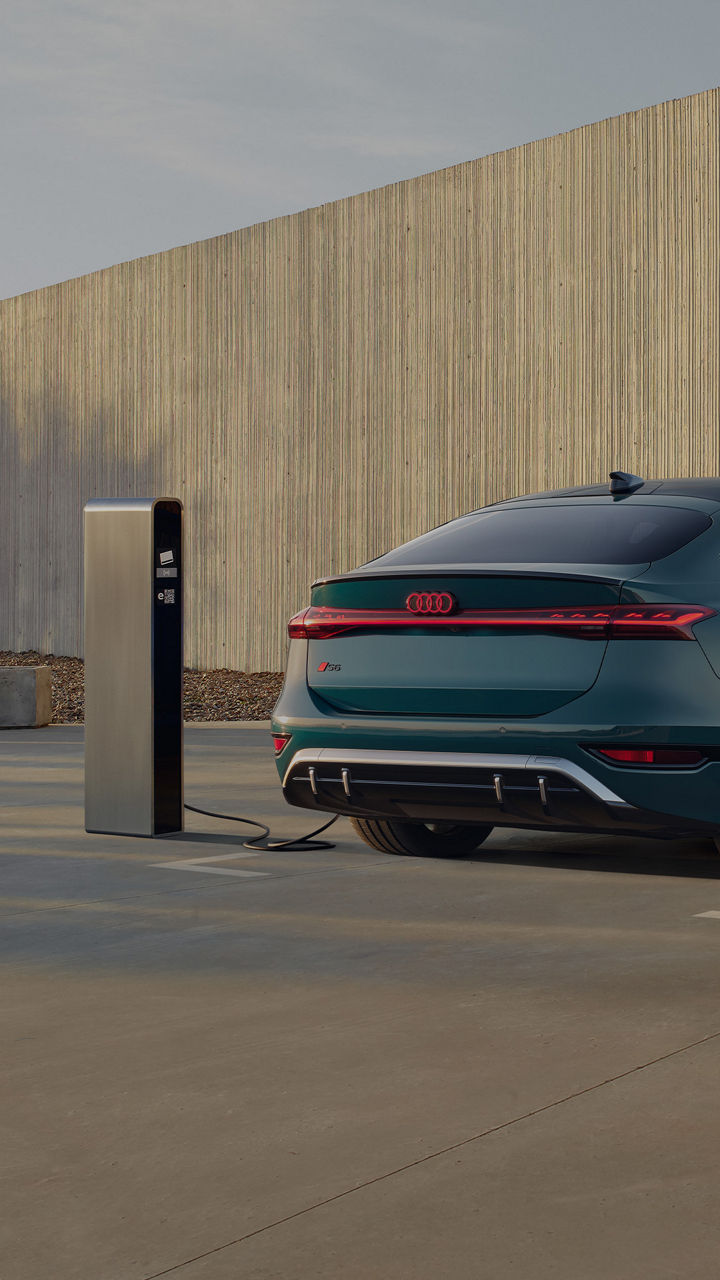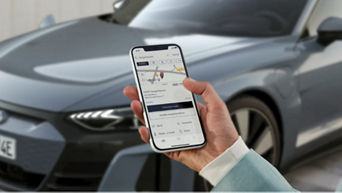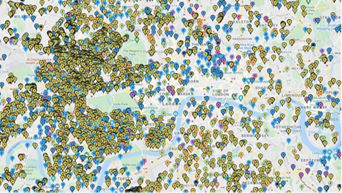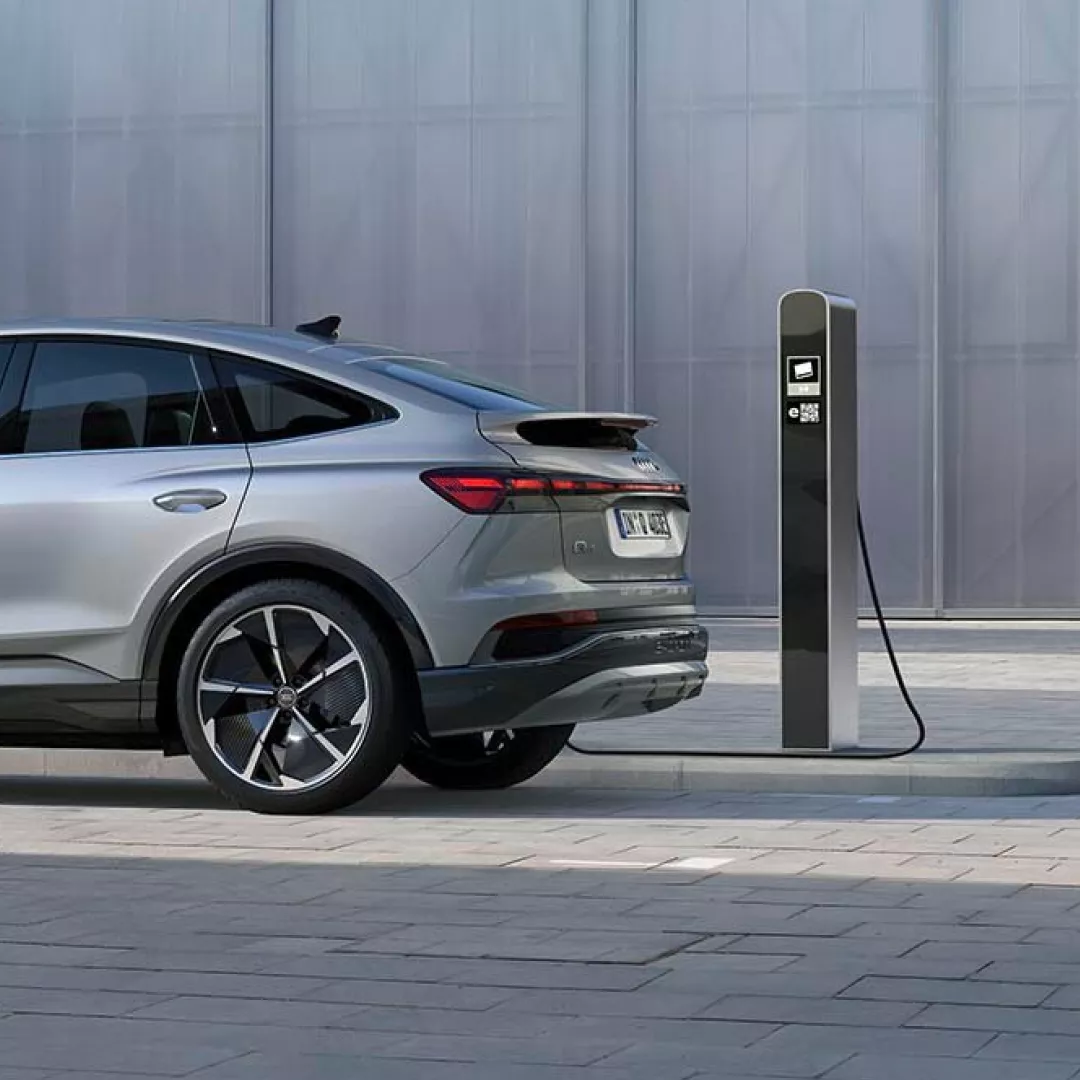Enjoy access to one of the largest charging networks in Europe through one simple card or your myAudi app.
- Choose from three tariffs (basic, plus, pro) based on your charging needs.
- Currently, new e-tron customers can get 1 year free pro tariff subscription*






